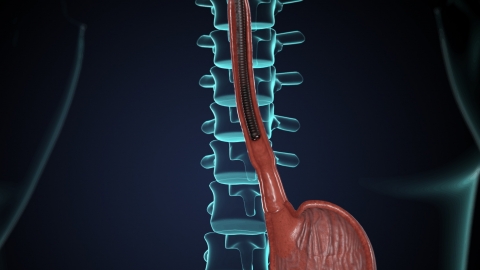What diseases can be detected by gastrointestinal endoscopy?
Generally speaking, gastrointestinal endoscopy refers to gastrointestinal endoscopic examination. This procedure can detect diseases such as intestinal polyps, gastritis, enteritis, gastric ulcers, and esophageal cancer. Detailed explanations are as follows:

1. Intestinal Polyps
Intestinal polyps are a common type of intestinal lesion. Gastrointestinal endoscopy allows doctors to clearly observe the morphology, size, number of polyps, and whether there is malignancy, thereby facilitating accurate diagnosis. Patients with intestinal polyps may be asymptomatic or may experience symptoms such as abdominal pain, diarrhea, and rectal bleeding.
2. Gastritis
Gastrointestinal endoscopy can clearly visualize the condition of the gastric mucosa, including the gastric wall's layered structure, the color and appearance of the mucosal surface. When inflammation occurs in the gastric mucosa, such as congestion, edema, or erosion, the gastroscope can directly display these changes, assisting doctors in diagnosing gastritis.
3. Enteritis
Gastrointestinal endoscopy allows direct visualization of the intestinal mucosa, including intestinal peristalsis, mucosal color, and morphology. When inflammation occurs in the intestinal mucosa, such as congestion, edema, or erosion, colonoscopy can promptly detect these abnormalities and assist doctors in diagnosing enteritis.
4. Gastric Ulcer
A gastric ulcer is a type of peptic ulcer. Gastrointestinal endoscopy enables clear visualization of the ulcer's size, depth, and surrounding mucosal conditions, thereby assisting doctors in making accurate diagnoses. Patients with gastric ulcers may experience symptoms such as upper abdominal pain and postprandial acid reflux.
5. Esophageal Cancer
Gastrointestinal endoscopy allows direct visualization of the esophageal mucosa through the endoscope, including the mucosa's color, shape, and texture. When cancerous changes occur in the esophageal mucosa, such as thickening, roughness, erosion, or ulceration, the gastroscope can detect these changes promptly and obtain biopsy samples, aiding in the diagnosis of esophageal cancer.
It is recommended to maintain a light and healthy diet in daily life, avoiding excessive hunger or overeating. Additionally, maintaining a regular sleep schedule and avoiding late nights can help restore gastrointestinal function and enhance immune system activity.







